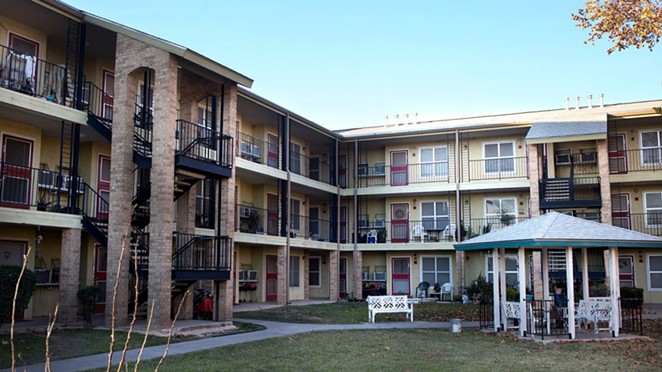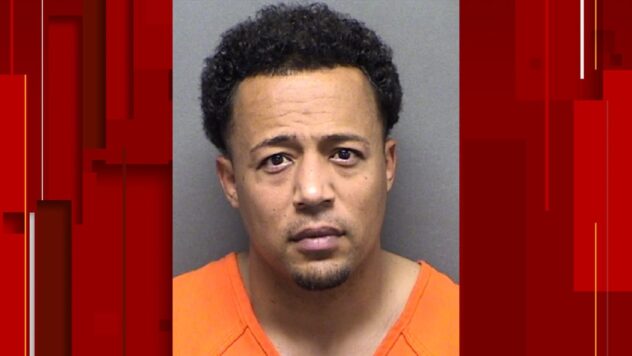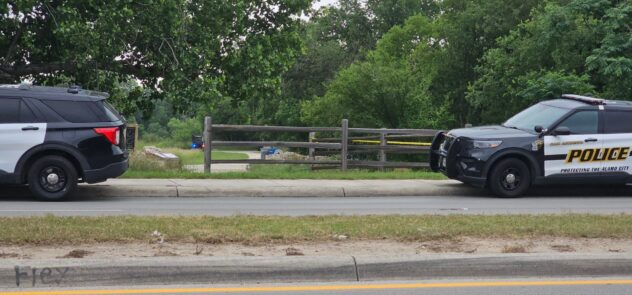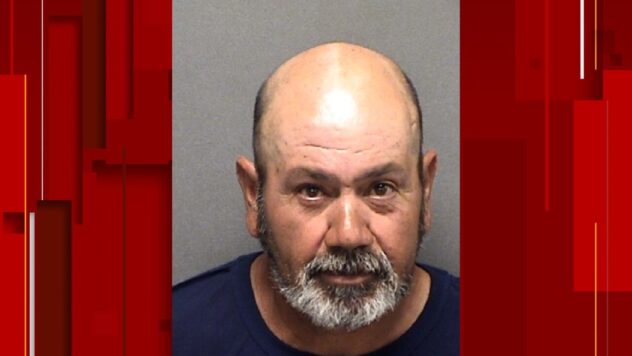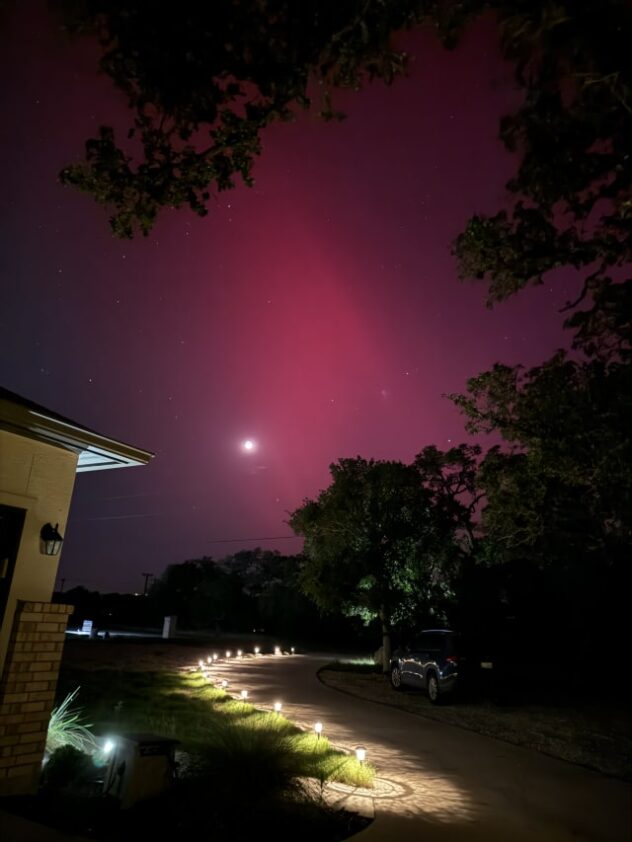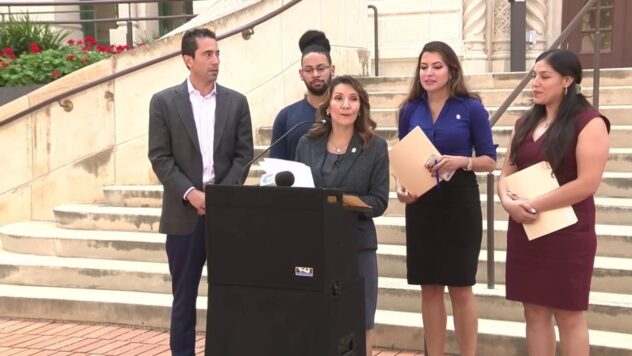Nearly $30M Helping San Antonians Stay Housed During COVID-19, New Online Dashboard Shows
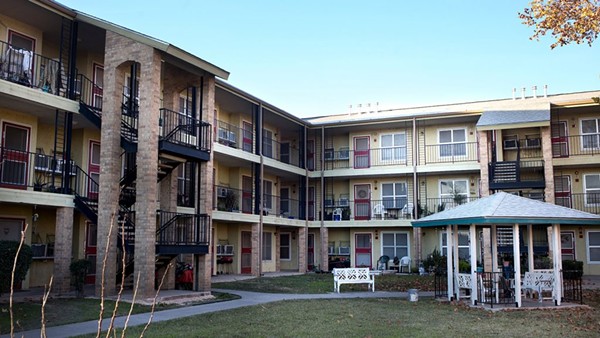
Since the city’s COVID-19 emergency housing assistance program launched in late April, roughly $30 million has been committed to helping San Antonians pay rent, their mortgages or other living expenses, according to a new online dashboard.
[ View the COVID-19 Emergency Housing Assistance Program dashboard. ]
Last week, the City of San Antonio launched the dashboard at the request of District 1 Councilman Roberto Treviño. The city has other coronavirus-related dashboards, which track trends such as total cases, deaths, cases by race, cases by ZIP code, among other metrics.
The housing assistance dashboard is updated daily and currently shows 15,373 total applications received since April 23, when the City Council approved the program. Doing the math, the city’s Neighborhood and Housing Services Department (NHSD) is fielding roughly 175 applications a day from people seeking rental or mortgage help.
The program also helps pay for past-due utility and internet bills, groceries and medicine, and also offers families up to $300 cash to help make ends meet during the pandemic.
As of today, $25.4 million has helped 8,954 households in San Antonio; another $4.2 million is earmarked for those pending approval—which total $29.6 million or 57% of the program’s overall budget of $51.6 million, a combination of federal and local dollars.
Nearly a third, or 5,000 applications, have been denied. The city says many of those applications are from people living outside the city limits. Some are duplicate applications. Many others either were non-responsive when asked for additional information or documentation, or no longer needed the aid.
Earlier this month, the Heron examined some of the issues some renters are having with the program’s online application process, which has been described as burdensome to the tech untrained. The city admitted some applicants who qualify for the aid may be falling through the cracks, but also defended its multi-pronged strategy to help prevent that from happening. The city also said its 93-member staff dedicated to processing applications is large enough to handle the load.
[ Read the article from July 2, 2019: “For some renters, housing assistance from city taking more than a month to receive” ]
From the $25.4 million already spent, $21.9 million has helped families pay rent or their mortgage. Nearly $1.9 million in $300 or less cash grants has been distributed to needy families through a partnership with local foundations and the Family Independence Initiative, a national nonprofit that provides grants to help people lift themselves out of poverty. The smallest expenditure is $4,675 to restore internet service.
Applicants can also check the status of their applications on the dashboard using their name and date of birth.
Missing from the dashboard is a breakdown of the basic information, such as stats on applicants or recipients by ZIP code, gender, race, household size, education, income level, reason for assistance—some of the metrics collected during the application process. These are some of the same stats included in the city’s other COVID-19 dashboards.
Treviño, who has taken the lead on the council in reinforcing the city’s housing assistance program budget to more than $50 million, said the dashboard “still needs lots more work.”
“Ultimately, it will be shaped by community input and will hopefully help to shape policy in order to make the biggest impact,” Treviño told the Heron via text.
Edith Merla, NHSD’s public relations manager, said she wasn’t aware of any upgrades to the dashboard.
On May 12, the Heron submitted an open records request asking for a greater breakdown of data than what was being provided to the media at the time. Our request included total number of inquiries and applications for assistance by week (to track the demand), a breakdown of rental and mortgage assistance (rather than lumping them together), list of recipients by ZIP codes, among data points.
So far, the city has not released the data.
In an interview on June 25, Merla and NHSD Assistant Director Edward Gonzales said the department was too swamped with processing applications to calculate such requests.
NEED ASSISTANCE?
» To apply for the City of San Antonio’s emergency housing assistance program, click here or call 210-207-5910 or 311. You can also call the Guadalupe Community Center at 210-226-6178.
» More info on the housing assistance program
» To ask about Bexar County’s temporary rental assistance measure, call 210-940-1180.
» Find out if your property is protected from eviction under the CARES Act, visit covid19.sanantonio.gov.
» To ask about the city’s right to counsel program, call 210-212-3702.
» Call the St. Mary’s University hotline at 210-570-6135 if you need legal advice.
» Browse other housing resources
Ben Olivo is editor of the San Antonio Heron, a nonprofit news organization dedicated to informing its readers about the changes to downtown and the surrounding communities.

